#maritime history
Text
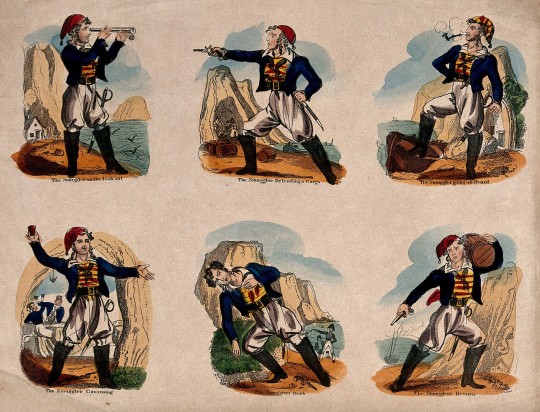
'A smuggler shown at different stages and points of his chosen profession', 19th century coloured etching (Wellcome Collection).
Odd choice to depict "The Smuggler's Death" at bottom centre followed by "The Smuggler's Return," when reading left to right. No matter what direction you go, death is but a temporary obstacle in his career.
#age of sail#smuggling#maritime history#you expect to see a life of crime punished in this type of print#but actually he's immortal
129 notes
·
View notes
Text
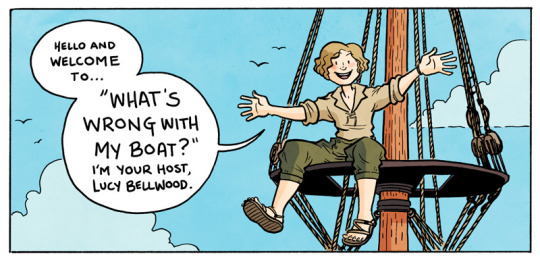
I’ve been meaning to repost this mini-essay I wrote for Global Maritime History back in 2015 for AGES and since today's dash is full of people lamenting the burden of Boat Knowledge this seems like the right time.
ONWARD FOR TALL SHIP ART TIPS!
I often get questions from people who are concerned that their illustrated boats aren’t going to be up to snuff, and the short answer is generally: don’t sweat it. If you’ve drawn a thing that has a hull in the water and sails in the air, you’re off to a great start, and if you consult a few handy reference images, you’re bound to end up with something that looks mostly ship-like.

HOWEVER. There are a couple things that often get lost in translation which—if you pay attention to them—can make the difference between a passable tall ship and a vessel that definitely looks like you know your baggywrinkle from your bunghole. Here’s two tips to get you started.
Flags in the Wind
Generally when we think of a thing that’s going fast, we imagine a flag streaming out in the wind behind it, right? Well, when it comes to square rig sailing, things aren’t always so simple. If the wind is coming up from behind a ship—or from the side—to push it forward, the flag may be flying in a direction you wouldn’t expect! How are the yards angled to catch the wind in the sails? What’s driving the vessel forward? Sailors often look to flags for a quick indicator of wind direction—use that thought process when drawing your ships.

Keep Your Shrouds Tight!
Those rope ladder-looking things sailors are always clambering up? They’re called shrouds, and they also form a large part of the tensioning system that keeps a ship’s masts stable and upright. Stays (lines that don’t move i.e. stay put) are arranged throughout the rig to maintain even aft-to-fore pull on the masts and prevent them from keeling over. Shrouds form the lateral component of that system, so here’s an important fact: they will not be saggy. No saggy shrouds. No saggy stays. In addition to making the mast unstable, it’d be a devil to climb in heavy weather.
Note: the ratlines (the “ladder rungs” of the shroud) can have slack in them—it’s the vertical lines that should be tight.

When the crew is “tuning the rig,” they’re putting slack in all the stays and then re-tensioning them to ensure that the whole operation is as stable as possible, so unless you’ve got a bunch of idiots running your fictional vessel, keep ’em tight.
And another thing…
I see a lot of people running their shrouds down to the deck, rather than alongside the vessel. Don’t do that! I mean, okay, sometimes shrouds do attach to chain plates on-deck, but most of your classic Golden Age of Sail vessels will have them running alongside to the channels. Also: they end in deadeyes to help with the tensioning of the line and to keep things stable, so don’t forget your deadeyes!

Honestly, these are the biggest things that I see artists flub when drawing tall ships, so if you can keep them in mind, you’ll be head and shoulders above the rest!
If you’re looking to go more in-depth with your research, I would recommend…
Seeing if you can find a modern replica of the type of ship you’re after and then centering your reference search around the name of that ship. I get far more extensive results when I’m searching for “Privateer Lynx” rather than “1700s topsail schooner.” Don’t discount the many photos tourists will have taken while visiting these ships!
Nose around on model ship-building forums. There is no greater boon to the modern nautical artist than these obsessive craftspeople, who will spend hundreds of hours replicating classic ships in minute detail—often photographing the whole process so you can actually see how the rig of a vessel is put together! God bless ’em.
And that’s all I’ve got! I hope you’ve enjoyed this brief foray into accurate tall ship representation. Fair winds and following seas!
#tall ships#boat stuff#maritime history#tall ship#maritime art#lucy bellwood#art tips#age of sail#personal work
962 notes
·
View notes
Text

A watercolour study in Procreate of 'Into the Night' by E. D. Walker for the 112ᵗʰ anniversary; time-lapses available here and here 💙
#rms titanic#art#my art#titanic#titanic anniversary#procreate#artists on tumblr#digital art#watercolour#digital painting#procreate art#e d walker#into the night#art study#maritime history#history#20th century#ships
136 notes
·
View notes
Text
Congrats old chap

[Microfilm Caird Library/original private collection]
177 notes
·
View notes
Text


North Carolina Maritime Museum Library
312 notes
·
View notes
Text

you've heard of draft dodging. get ready for militant draft rescuing
(from Stephen Taylor's "Sons of the Waves; A History of the Common Sailor 1740-1840", which I got from @genderqueer-klinger's folder, thank you mate)
369 notes
·
View notes
Text
I can now share the poster on Careers of the Franklin Expedition that I presented at Terror Camp! Here's a blog post about Terror Camp, the project, and some possible next steps.
And here's the poster in all its glory: https://tinyurl.com/fe-careers
This weekend was really such a fantastic experience. I can't put it into words that do it justice.
#terrorcamp2023#terror camp#franklin expedition#naval history#maritime history#19th century history#my writing
55 notes
·
View notes
Text

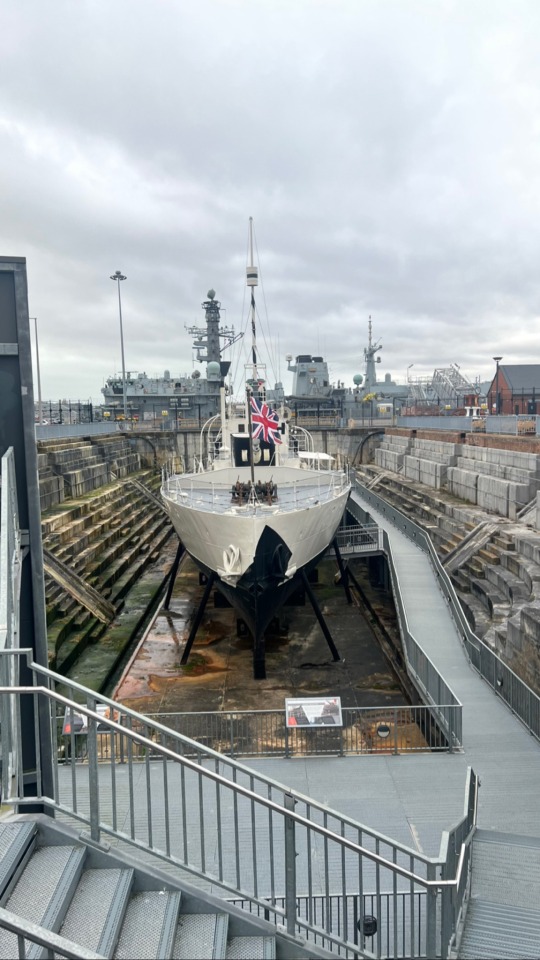




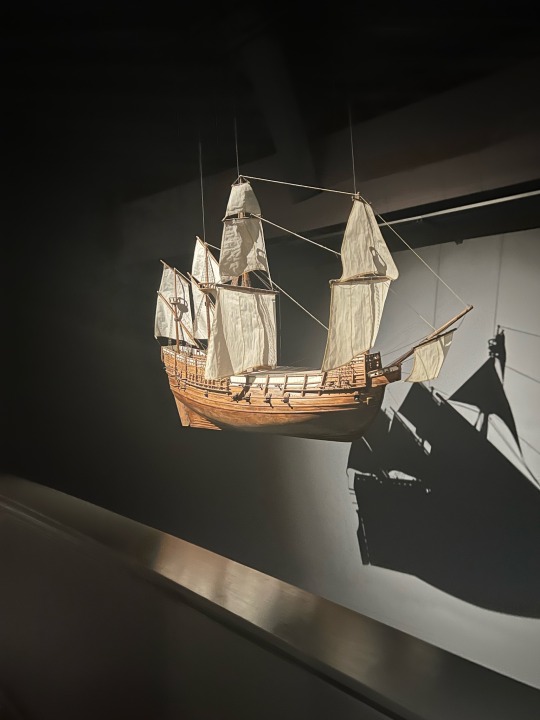
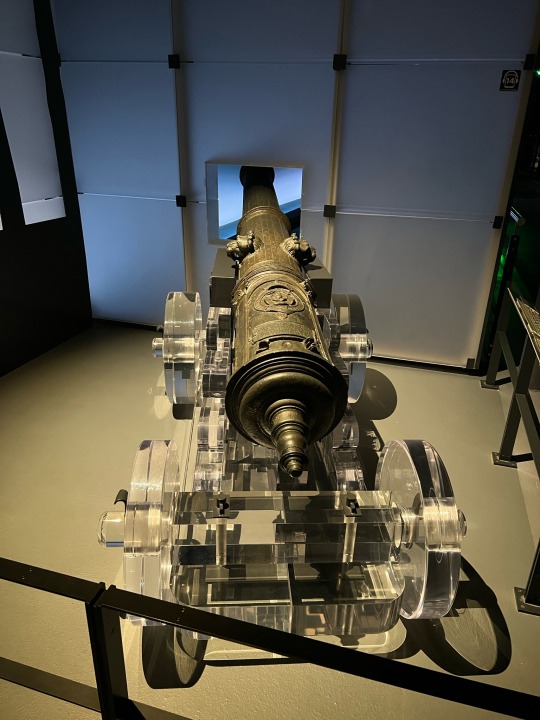
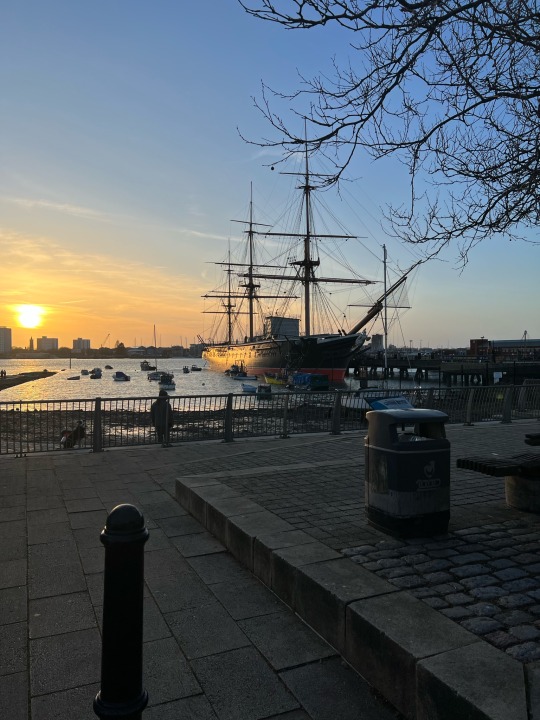

Visited the National Museum of the Royal Navy (Portsmouth) back in February, and then completely forgot to post anything.
Last time I went there was about 20 years ago and Mary Rose was not yet fully preserved- but these days she looks incredible, and was perhaps my favourite part of the trip. I would highly recommend a visit, even if it is just to see Mary Rose.
307 notes
·
View notes
Text
Yo I was reading about the Franklin Expedition (I was bored ok!!!) and I found this

@zooophagous I know you like wet specimens and the Franklin Expedition! (Technically not a full animal but. Still.)
#Franklin Expedition#HMS Terror#HMS Erebus#wet specimen#(I suppose)#meat#history#historical artifacts#historical preservation#maritime history#maritime
312 notes
·
View notes
Text
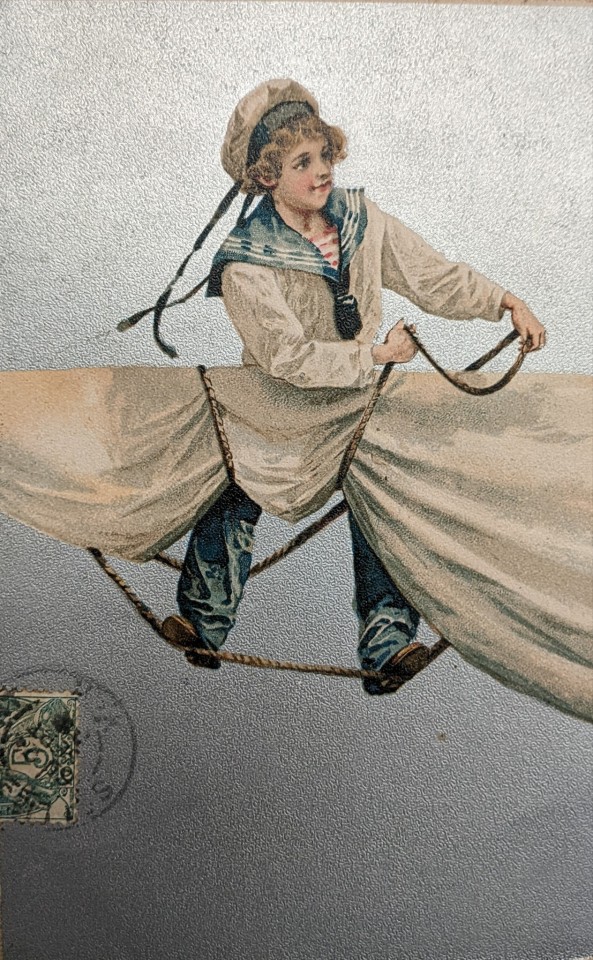
A little French sailor on an early 20th century postcard.
#nautical art#maritime history#sailor#french#how I'm tryna be#postcard#the background is silver BTW very cool#sailing
35 notes
·
View notes
Text

Tile Panel: Men-of-War, Frigates, Flutes, and a Herring Buss.
c. 1640-1660, Dutch.
166 notes
·
View notes
Text
Seeing a battleship magazine explosion will never not fuck me up. Just the sheer magnitude of ordinance.
#battleship#battleships#navy#hms barham#maritime history#maritime#wwii#ww2#ww2 history#world war 2#world war ii#british navy
24 notes
·
View notes
Text
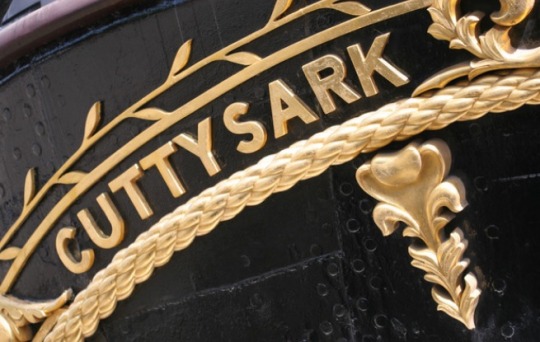



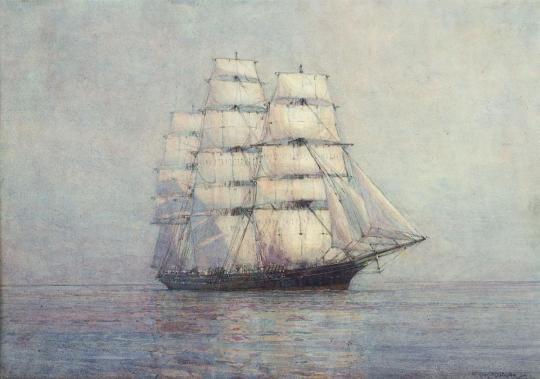
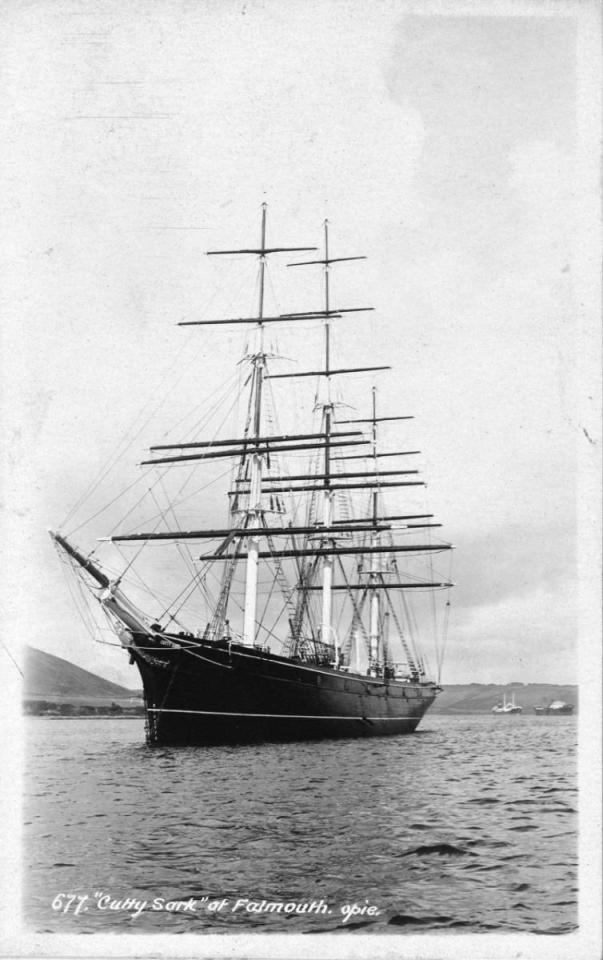
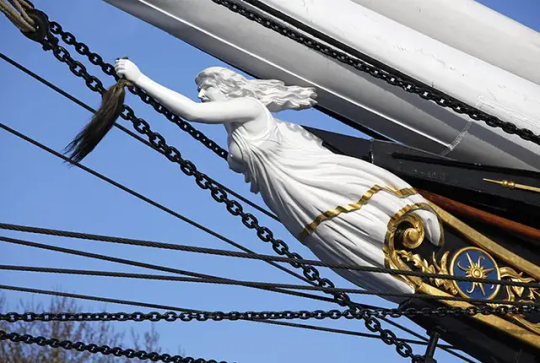
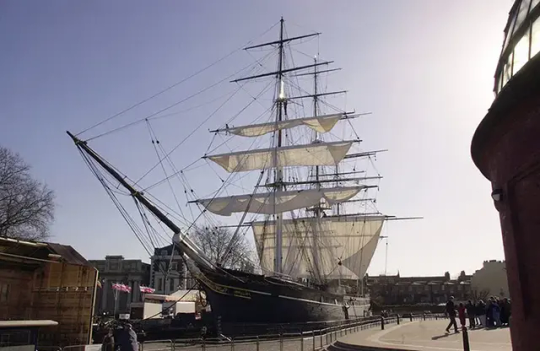
On 22nd November 1869 the clipper "Cutty Sark" was launched at Dumbarton on the River Clyde.
Cutty Sark was built for a firm of ship owners called Willis & Sons, headed by John ‘Jock’ Willis, whose ambition was that she be the fastest ship in the annual race to bring home the first of the new season’s tea from China.
She was designed by Hercules Linton, a partner in the Dumbarton firm of Scott & Linton. It is believed that he moulded the bowlines of Willis’s earlier vessel Tweed into the midship attributes of Firth of Forth fishing boats, creating a beautiful new hull shape that was stronger, could take more sail, and be driven harder than any other.
The company had never built a ship of this size before and ran into financial difficulties, eventually going bankrupt before she was completed. The final details of the fitting out had to be completed by William Denny & Brothers, Scott & Linton’s landlords and the guarantors for the completion of the work on the original contract.
Cutty Sark was towed to Greenock for final work on her masts and rigging. She was then taken to London to load her first cargo for China in 1870.
The ship was named after Cutty-sark, the nickname of the witch Nannie Dee in Robert Burns's 1791 poem Tam o' Shanter. The ship's figurehead, the original of which has been attributed to carver Fredrick Hellyer of Blackwall, is a stark white carving of a bare-breasted Nannie Dee with long black hair holding a grey horse's tail in her hand. In the poem she wore a linen sark that she had been given as a child, which explains why it was cutty, or in other words far too short. The erotic sight of her dancing in such a short undergarment caused Tam to cry out "Weel done, Cutty-sark", which subsequently became a well known catchphrase. Originally, carvings by Hellyer of the other scantily clad witches followed behind the figurehead along the bow, but these were removed by Willis in deference to 'good taste'. Tam o' Shanter riding Meg was to be seen along the ship's quarter. The motto, Where there's a Willis away, was inscribed along the taffrail. The Tweed, which acted as a model for much of the ship which followed her, had a figurehead depicting Tam o' Shanter.
Unfortunately for Willis, the launch of the Cutty Sark coincided with the opening of the Suez Canal and the growing popularity of steamships. Steam-driven ships could pass through the canal, whereas clipper ships like the Cutty Sark could not. That meant that steam, ships could cut thousands of miles off the trip to China to collect tea. The Cutty Sark, though one of the fastest clipper ships ever built, was outmoded almost before it sailed.
While the Cutty Sark's career in the tea trade was less than a success, her next career in the Australian wool trade was where she truly shone. From 1883-95 the ship made the Australian run, bringing wool exports back to London.
The Cutty Sark consistently outsailed her competitors, and she dominated the wool trade for over a decade, earning a reputation for exceptional speed on the 2-month voyage. She famously once overtook and passed the steamship Britannia, travelling at a rate of 17 knots.
But once more the steamship spoiled the Cutty Sark's career, and once the steam vessels made the Australian wool trade their own, the Cutty Sark was sold to a Portuguese company. From 1895-1922 the ship (renamed Ferreira) was a tramp vessel, carrying cargo between Portugal and the far-flung corners of the Portuguese Empire.
In 1922 the Ferreira put into Falmouth to repair damage suffered in a gale. A retired sea captain named Wilfred Dowman saw the ship and determined to buy her. Dowman restored the Cutty Sark to approximately how she had appeared during her days as a tea clipper.
The ship was used for naval training until 1951 when it was sent to London for the Festival of Britain. She might well have been scrapped following the festival, but the ship was saved by the National Maritime Museum and put into dry dock at Greenwich in 1954, beside the Old Royal Naval College.
In 2007 a devastating fire broke out aboard the Cutty Sark, and it appeared that the ship might be completely destroyed. Thankfully total disaster was avoided, but the subsequent restoration lasted until 2012.
The Cutty Sark is in permanent dry dock at Greenwich, London as a museum ship, check their web page here https://www.rmg.co.uk/cutty-sark/history
48 notes
·
View notes
Text
Lieutenant John Irving's grave



Decorum est pro patria mori (it is proper to die for your country)
Visited John Irving's grave at Dean Cemetery in Edinburgh and gave him some lavender plants. I'm very fond of Irving, a good man. 💖
#franklin expedition#royal navy#john irving#naval history#arctic#polar exploration#maritime history#edinburgh#cemetery#scotland
85 notes
·
View notes
Text

You know you’re in for a good doomed polar voyage when it opens with a map that looks like a fucking etch a sketch
#books#maps#polar exploration#cannot stop laughing at this route#maritime history#madhouse at the end of the earth
20 notes
·
View notes
Text
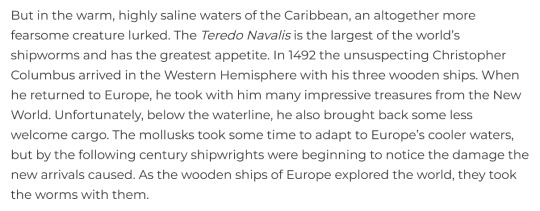
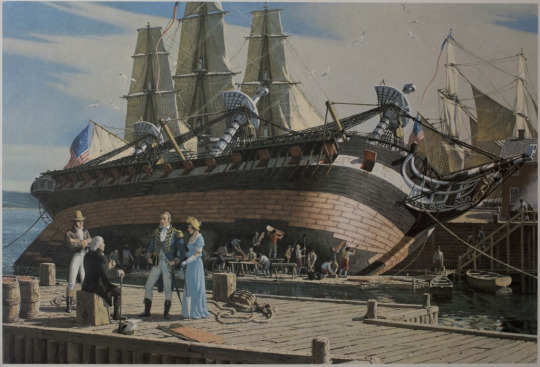
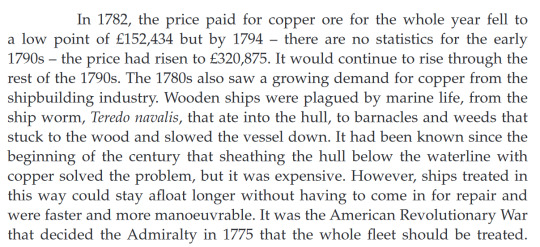





the British empire's war on a mollusc: [1] x [2] x [3] Anthony Burton, "Mines and Miners of Cornwall and Devon : The Tin and Copper Industries" [4] x [5] x [6] x [7] Burton
#history#maritime history#web weaving#<- maybe?#18th the century#I don't know how else to tag this#what this collection is missing is like a quote about empire and efficiency but I couldn't find one#enjoy
161 notes
·
View notes